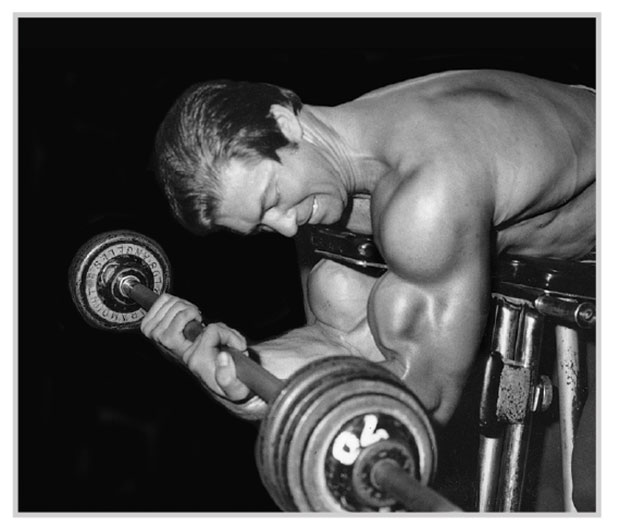Muscle Talk

Jaime Filer graduated with a kinesiology degree from York University, where she was a varsity athlete. She’s also a former competitive bodybuilder who competed in drug-tested events throughout North America. If something new is trending in fitness, chances are Jaime’s already tried it!

Training Tidbits
By Wil McKeown
MIX IT UP FOR MAX RESULTS
Many newbies to weight training are often amazed with the progress they make in the first three months of working out. They have their routine set and have been getting stronger and making gains. Another month or two goes by, and the gains seem to slow to a crawl or stop altogether. They’re still rocking the same routine day in and day out and nothing seems to be happening anymore. The problem is exactly that—they’re still using the same routine. Sticking with the same exercises week in and week out is a guaranteed way to cause your progress to plateau.
As they say, variety truly is the spice of life—and it’s key in the gym if you want to keep improving your physique. Your muscles get used to specific exercises. And when they do, those exercises lose their productivity. You need to learn how to adapt to keep growing.
The best thing you can do is mix up your training. If you always do bench press, dumbbell flyes, and push-ups for chest, you may want to try rotating in new exercises such as incline dumbbell presses, cable crossovers, dips, decline bench, etc.—the list goes on. Incorporating new exercises into your routine is the best way to target your muscles from different angles and keep your body guessing.
Some choose to change one exercise in their routine every week. So if you do five exercises for chest and swap out one every week, in five weeks you will have a completely new routine. Then you can start reintroducing an exercise you had previously cut once again. You can also switch up how you train. Train heavy with low reps one week, and then jack up the sets and reps the following week but cut back on the weight. As long as you’re keeping your routine changing, you’ll keep growing.

Great Scott!
Before Arnold came along, Larry Scott—the original Mr. Olympia—was the king of biceps development. Back in those days, the preacher curl was so named because the bench they were done on looked like a pulpit. The preacher curl soon became known as the Scott curl because it was Larry who popularized it as part of his champion workout. While the preacher bench may have changed in appearance, your arms would definitely benefit from the Scott curl. Arnold’s did.

THE IMPORTANCE OF RESTING BETWEEN SETS
Training hard in the gym is what MUSCLE INSIDER is all about. But it’s also important to train smart and try to maximize your results every time. To do so, it’s critical to take some rest time between sets. But how much rest time? Many people choose to go by feel—but don’t let your intensity get the best of you. If give yourself too little rest between sets, your muscles may quickly become fatigued on your next set and you could find yourself running out of gas before you’re done. We suggest you take at least 60 seconds of rest between sets to give your muscles enough time to recoup strength—but you probably shouldn’t take more than 90 seconds and risk losing your pump. Of course, everybody isn’t the same. Try our rest time suggestion as a guideline and tailor it so it works best for you in the gym.
For more information on resting in between sets, and what's ideal for fat loss and muscle building, click here!

